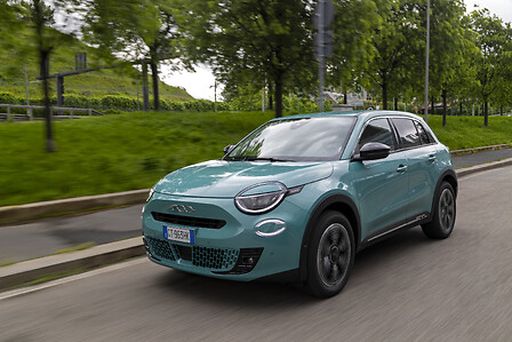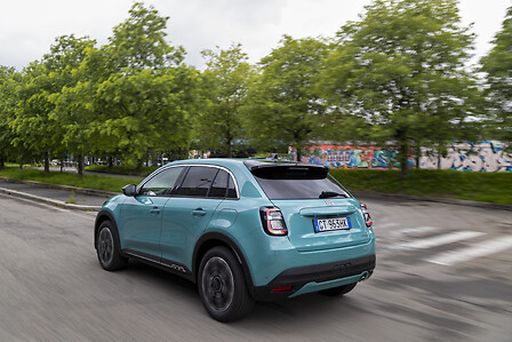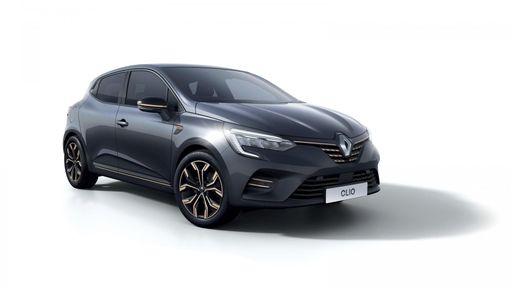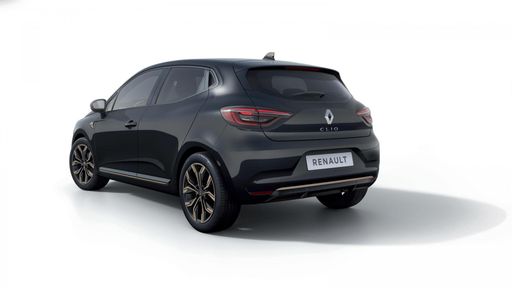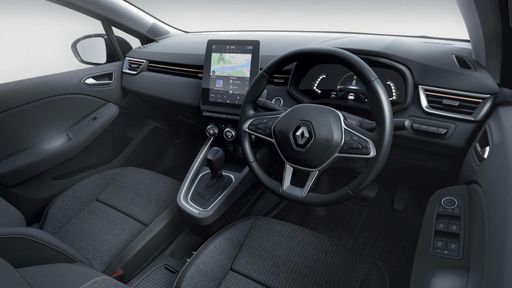Engine Options and Performance
Under the hood, the Fiat 600 offers a range of engine options, including Petrol MHEV and Electric variants, with power outputs ranging from 100 HP to a robust 156 HP. The models come equipped with an automatic transmission featuring a dual-clutch system, providing a smooth driving experience. With a 0-100 km/h acceleration time of between 8.5 to 10.5 seconds and a top speed of up to 200 km/h, the Fiat 600 combines efficiency with spirited performance.
On the other hand, the Renault Clio presents a diverse engine lineup with full hybrid, petrol, and LPG options, yielding power configurations from 67 HP to 143 HP. The Clio also offers both manual and automatic transmission options, appealing to different driving preferences. The acceleration performance varies significantly, with a 0-100 km/h range of 9.3 to 17.1 seconds, depending on the engine chosen.

